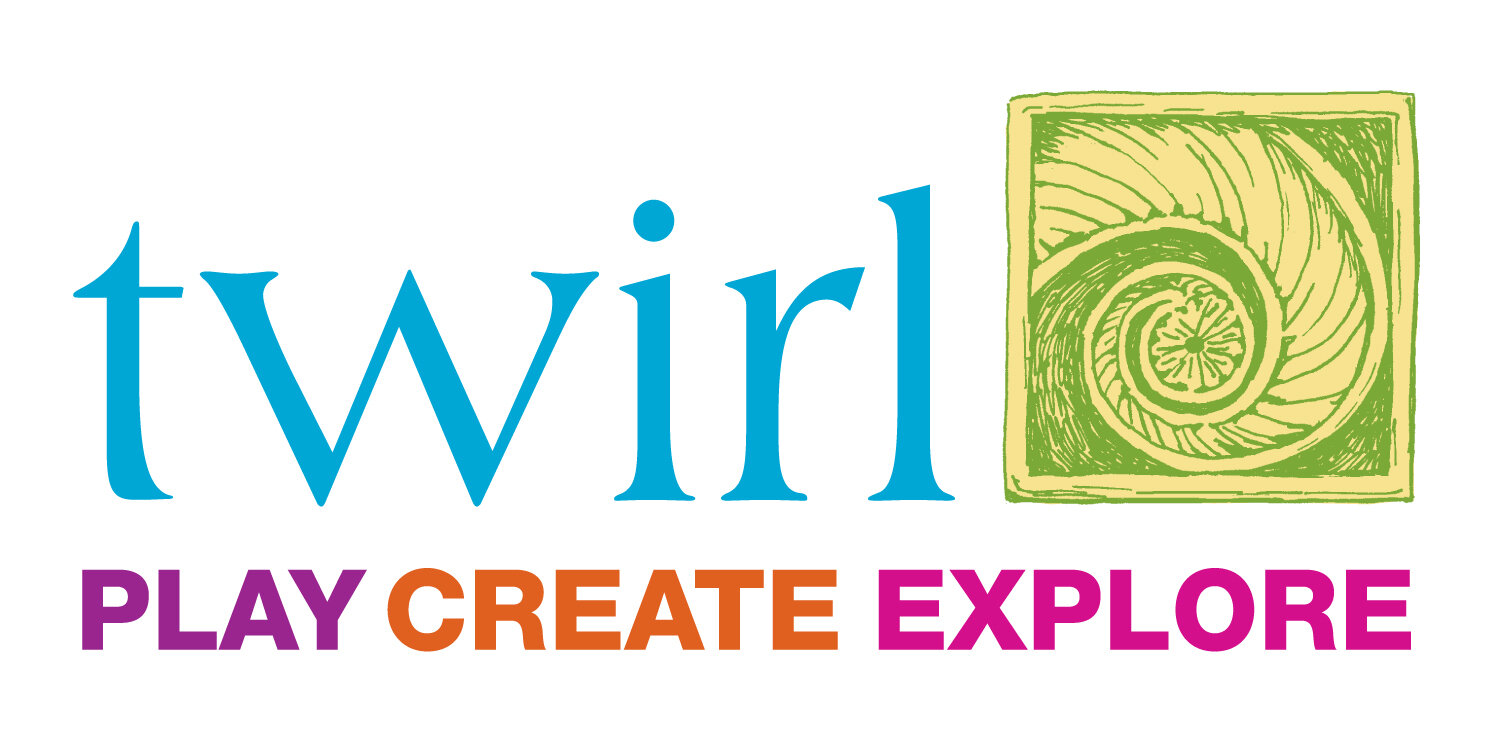Rainbow Canopy
Made by Jim Stoner, local welder and craftsman
Rainbows are magical, inspiring, and a fantastic subject for learning about science. The array of colors on display helps very young children to learn about the world around them. During the first few months of life, babies can see a limited amount of color and have difficulty distinguishing between them. During the first year of life, children tend to prefer high-contrast colors, such as black and white or red and yellow, because these colors are easier to develop. But even newborns see and tell the difference among colors such as red, blue, green, and yellow. Primary colors appeal to children. Chromatic primary colors, red, green, yellow, and blue are especially appealing to young children. When infants are presented with the full chromatic spectrum they spend more time looking at red and blue than yellow and green. As they grow and their vision improves, they begin to see the difference between colors and can distinguish between shades of the same color.
Children instinctively learn through their senses. Seeing bright colors helps their healthy development. As children learn about colors, many exciting hands-on experiments and activities can be introduced for enriched learning. Check out these exciting links on rainbows:
https://www.youtube.com/watch?v=gvvdywHZMc8
Rainbow Discovery Bottle for Sensory Play and Exploration (preschoolinspirations.com)
The Science of Rainbows: In Nature, light enters a water droplet, slowing down and bending as it goes from air to denser water. The light reflects off the inside of the droplet, separating light into its component wavelengths--or colors. When light exits the droplet, it makes a rainbow.
“Do infants see color? It is often thought that babies see in black and white. When infants are born, their visual acuity is not fully developed.” - Psychology Today

